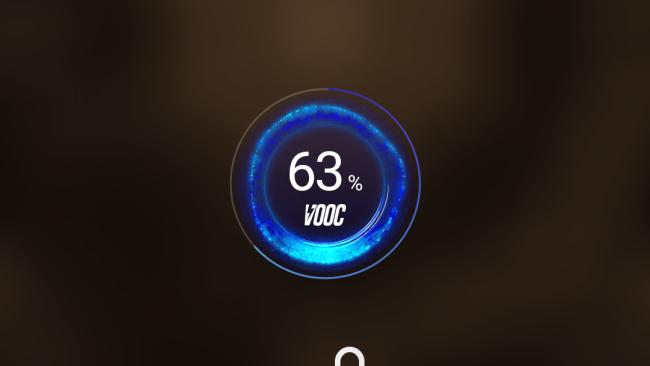

In the never-ending skirmish between Xiaomi and Realme, the latest sticking point is the charging speed between their latest mid-range – the Poco X2 and the Realme X2. Let's understand the technical differences between the two and discern if there are risks associated with one or the other. The Poco X2 was launched earlier this month, where it apparently overtook the Realme X2 as the new best smartphone at Rs 20,000. Aside from the other specs, one point that raised eyebrows is how Poco claimed that the 27W charging on the X2 was faster at filling its 4.500mAh battery, than the 30W VOOC on the Realme X2 charging for a bundle. 4000mAh. Independent tests seem to confirm these figures, leaving the curious perplexed.
#POCOX2 leaves the park with untouchable charging speed and #SmoothAF. Do other brands claim faster charging with a smaller battery? Yes indeed. #POCO pic.twitter.com/Bu1areZPox4 February 2020 To understand this phenomenon, we need to understand what a watt means. Watt (W) is a unit of power that measures the amount of energy released per second. However, this rate of energy transfer depends on several factors. The two main components are volts (V) and amps (A). Power = voltage X amperage In the context of the flow of electricity, volts can be understood as the force with which current flows, while amps have to do with the physical size of the medium, which in our case is the charging cable . A water pipe analogy is often used to simplify the concept, where watts will be the total flow of water, voltage will be the force with which the water will flow, and amps will be determined by the cross-sectional diameter of the pipe. An increase in voltage or amperage will increase the overall volume of current flow. This is where the charging standards of the two smartphones mainly vary. The Realme X2 implements VOOC 3.0 flash charging, which is rated at 30W. It does so with a voltage of 5V at 6A. This means that instead of boosting the voltage from the standard 5V, it uses a special wire and adapter that can run at higher amperage. It is a proprietary charging solution that will only work with compatible hardware. The phone checks this internally before charging begins. In contrast, the Poco X2 has 27W fast charging compared to power standards. It has three charging profiles at 5V 3A, 9V 3A and 12V 2.5A. Poco obviously chooses to increase the voltage without driving the amperage to abnormal levels.